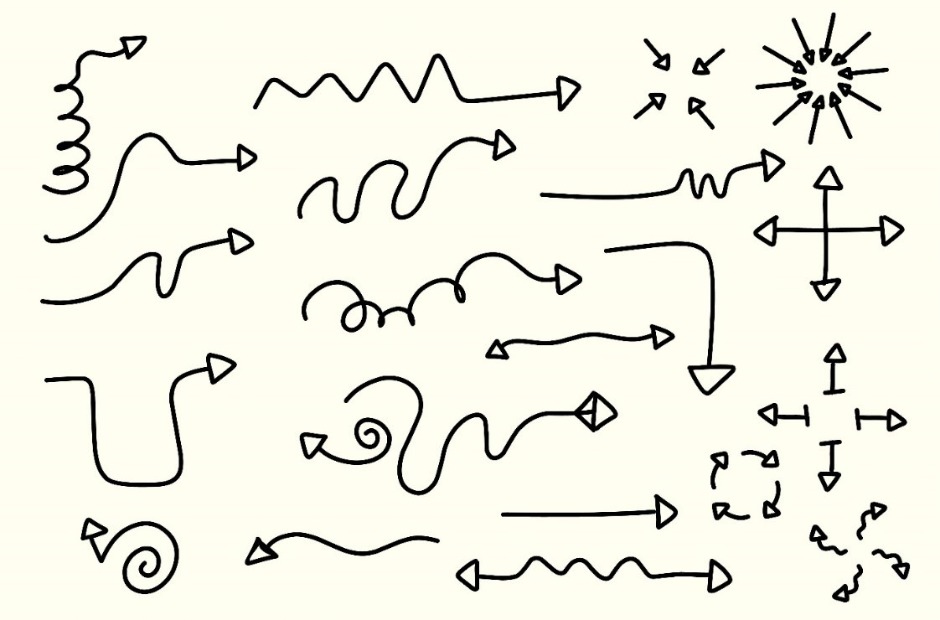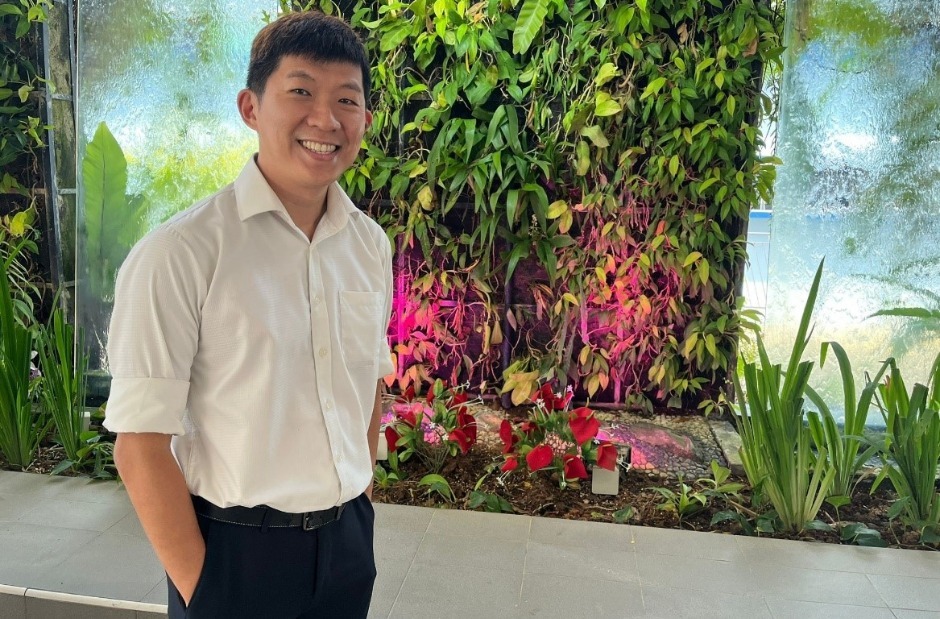Solving Real-world Problems with Students’ Mathematical Models
29 May 2008

The Singapore International Mathematics Challenge 2008 drew talented mathematics students from around the world.
Here’s the situation: You’re a port operator who has to get ships unloaded of their container cargo as speedily and efficiently as possible. You’ve got over 60 ships passing through your port in the next five days, and you need to move them into berths, unload them and move them out again, with as few delays as possible.
You have to figure out how to do this, using mathematical modelling based on a data set of information about the ship movements. And you have to do all this within 24 hours.
Sound like a challenge for port engineers? Maybe – but they weren’t the ones who had the 24-hour deadline looming over them – it was a group of secondary school and JC students who did.
The question of how to unload ships most efficiently was the central challenge at the Singapore International Mathematics Challenge 2008, organised by MOE and the NUS High School. Over five days, the Challenge brought together 171 students and 39 educators from 8 Singapore schools and 18 foreign ones, to pit their problem-solving and mathematical modelling skills against each other.
Working things out for themselves
The port operator scenario wasn’t the first time the students had to use mathematical models. Although many of them had not been taught modelling as part of their mathematics curriculum in school, they had had to conduct their own research and complete a pre-site challenge question one month before the start of the Challenge on 20 May.
In the case of NUS High School Year 5 students Cheng Fang Yew Nicholas, Gani Zhi Hao Terry and Vo Thanh Min Tue, they had to work out how to cut smaller sheets of glass form a larger one. Min Tue recalls, “It was a very hard challenge because it was open-ended. There was no one solution.”
His teammate Nicholas adds, “The solution depends on what assumptions you make, so we had to learn about how glass cutting is done. For example, we found out that glass has to be cut in one straight line across the sheet.” That became an assumption they factored into the building of their mathematical models.
When the student teams met at the Challenge and presented their respective solutions, the NUS High School team was most impressed by the solution from the team of the Israel Arts and Science Academy. “It was a very novel approach, different from all the others,” says Vin Tue. “They used artificial intelligence instead of algorithms to create a simulation model, similar to a physics model.”

The team from the School for Science-Gifted Students “Intellectual” in Russia thoroughly enjoyed their experience at the Challenge.
Dealing with real-life demands
That mutual respect and admiration was evident throughout the Challenge, as talented students from around the world interacted with and learned from each other. Russian team members Galina Bogacheva, Ekaterina Bogacheva and Mikhail Pyaderkin from the School for Science-Gifted Students “Intellectual” were some of the youngest students at the Challenge – aged just 14 or 15 – but they found the environment and the Challenge question extremely stimulating.
Before they attempted the port operator scenario, for instance, all the student teams visited the port facilities at Keppel and Tanjong Pagar to see how things are actually carried out on a day-to-day basis. Their teacher Mr Iakov Abramson points out, “They didn’t see any real-life applications to what I teach them in pure mathematics until now.”
Michael reflects, “It’s interesting to find a solution on our own. When we were working on the on-site challenge, we couldn’t come up with any ideas all day – it was only at 1 a.m. that we found the solution, and then we worked through the night!” Mr Abramson adds that it was useful for the students to learn how to work under stress, as they will no doubt encounter that when they enter the working world in future.
Working through the night or with very little sleep during the 24-hour challenge was a common refrain. Though eventually the team from Raffles JC walked away as the champion, many others were recognised for their original and effective solutions. Summing up her experience at the Challenge, NUS High School Year 6 student Toh Yun Ying says, “We had to work on our own and even when we were challenged, we continued to persevere and put in our best efforts. The Challenge has certainly stretched our potential and stimulated our passion for Mathematics.”




.jpg)

.jpg)